Intrepid and observant photographer and writer Michael Benanav takes TABLE readers to the Kumaon. It’s a region of the Indian state of Uttarakhand. While there, he searched for the places described in Rajula-Malushahi, an epic ancient folk ballad.
Discovering Rajula-Malushahi: Defying Time and Tradition
Maybe it’s the way the late afternoon light spills over the hills, filling the valleys with a gauzy glow. Perhaps it’s the staggering terraced fields that wrap around the terrain like contour lines on a topographical map. Maybe it’s the backdrop of snow-covered Himalayan giants, where gods and goddesses are said to dwell. It is all of these things, and more–the most essential, also the most ineffable.
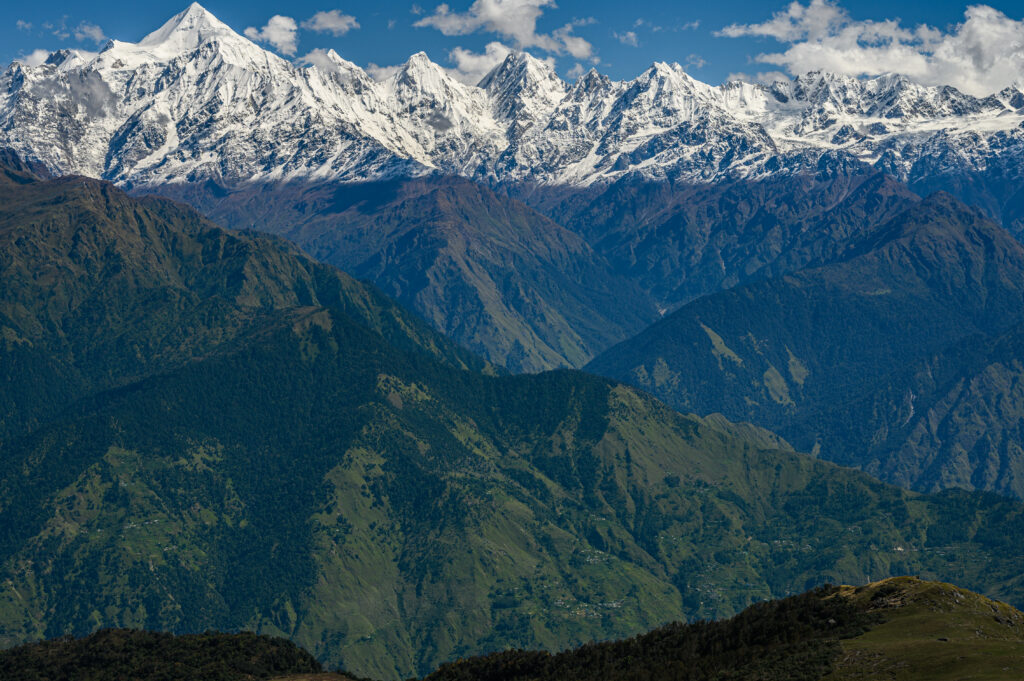
Every once in a while, a place will cast a spell over a traveler, delivered in hushed tones. It’s resonant with meaning and a touch of mystery or magic. Different places call, thankfully, to different people. For me, one of them is the Kumaon region in the Indian state of Uttarakhand. I recently wrote for the New York Times.
For that story, I explored the geography of Kumaon’s most important secular folk tale, Rajula-Malushahi. I described as “a sprawling epic of adventure and true love that unfurls across a broad swath of the landscape.” More as if passed down orally–sung as a ballad–for centuries.
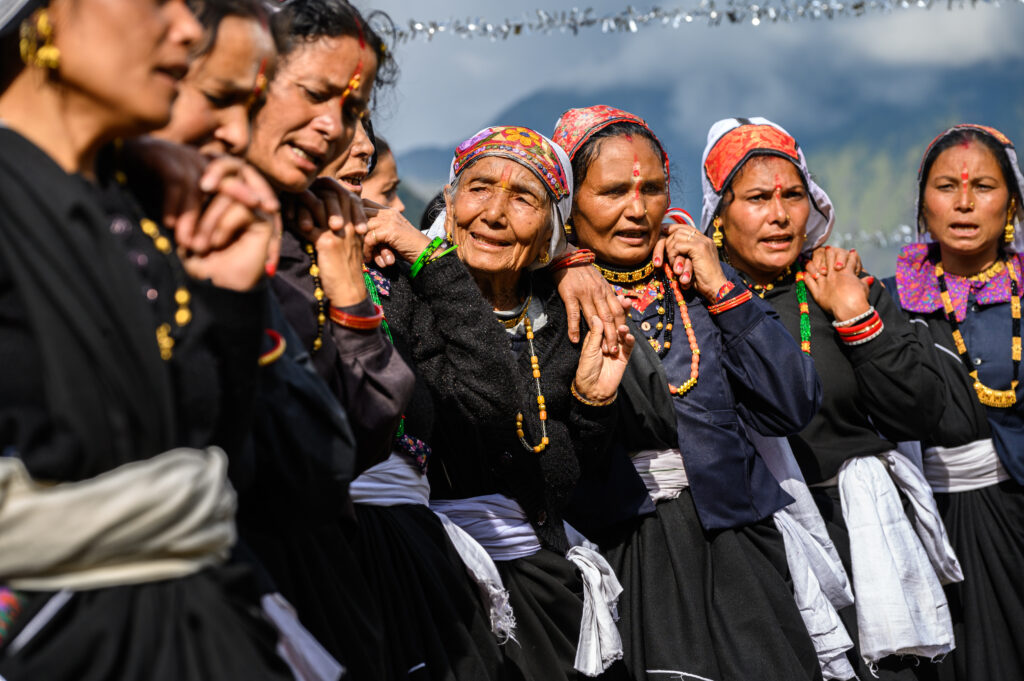
I first heard of Rajula Malushahi about 10 years ago, at the home of a well-known Kumaoni social activist. A British officer commissioned her house in Binsar during the Raj era. It’s gorgeous stone walls exuded earthy sophistication, while an exquisitely rugged alpine panorama stretched beyond the windows.
Over lunch, Mukti Datta told me that her mother, Marie, had been a Belgian ethnomusicologist. In the late 1940s or early 1950s, she sailed by steamer into Calcutta. She then traveled by foot and donkey through the Himalayas. She recorded folk ballads and later wrote about them. Her major work focused on Rajula-Malushahi.
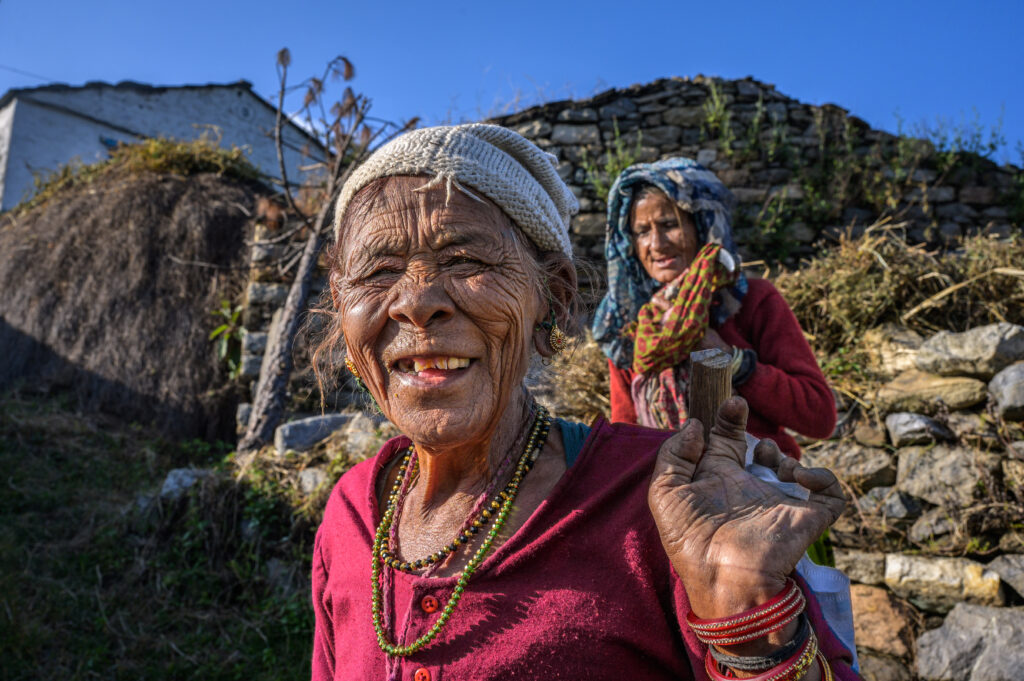
Sitting there at the table, I instantly imagined a project that would weave together the story of Marie Datta’s life. This would include the folk tale at the center of it. Mukti told me that her mother’s papers and recordings had all been donated to the Indira Gandhi National Centre for the Arts (IGNCA), in New Delhi. I should be able to access all of her work there.
How a Folk Epic Became a Map Through Kumaon
“The song led me on a journey into village feasts, local religious ceremonies, and moments of sheer Himalayan awe.” After several months of emailing with IGNCA, I finally visited the office in person. I learned that they had located Marie’s recordings but had separated them from her writings. They insisted that tape and text don’t belong together. No one knew where her papers were.
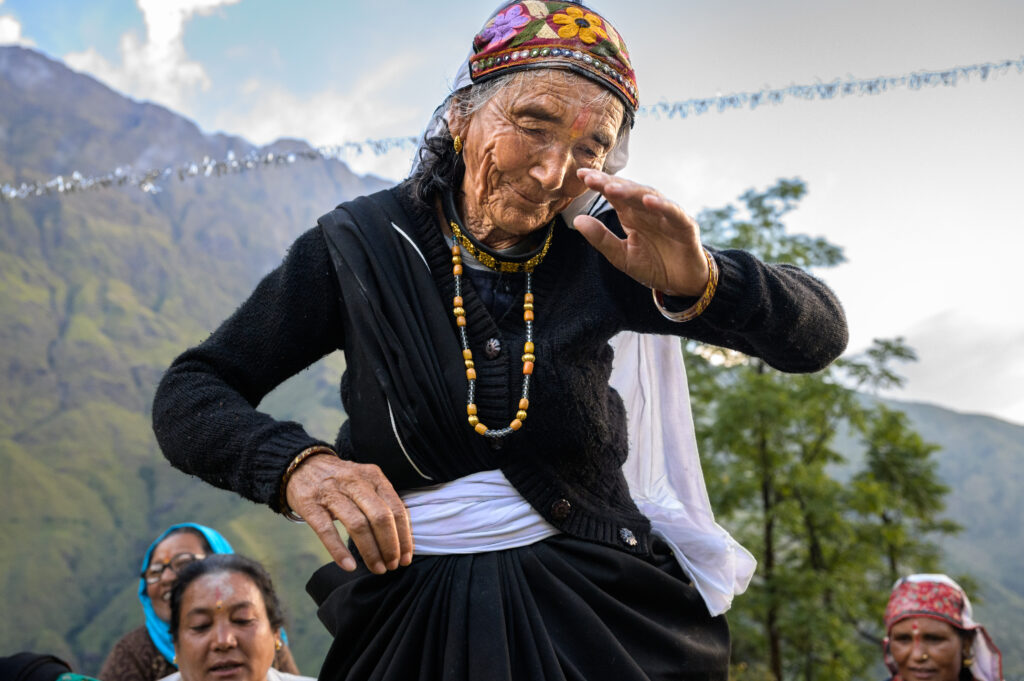
While I spoke with a department head and a staffer, they told me the papers had likely ended up in the ‘dumping ground’. This is a warehouse-sized room where staff had tossed files haphazardly. Finding a specific item among the random piles would be like winning the lottery. But they said they would look. And … nothing.
Weeks later, I was able to reach the director of the archives by phone. He told me they probably didn’t have Marie’s papers anymore, explaining with a verbal shrug, “They’re old.” I wondered what part of the word “archive” had been lost in translation.
Without Marie’s work, I couldn’t see a path forward for the project I hoped to pursue. But my fascination with Rajula-Malushahi remained, as books, academic articles, and transcriptions of various versions sung by Kumaoni bards were read by me.
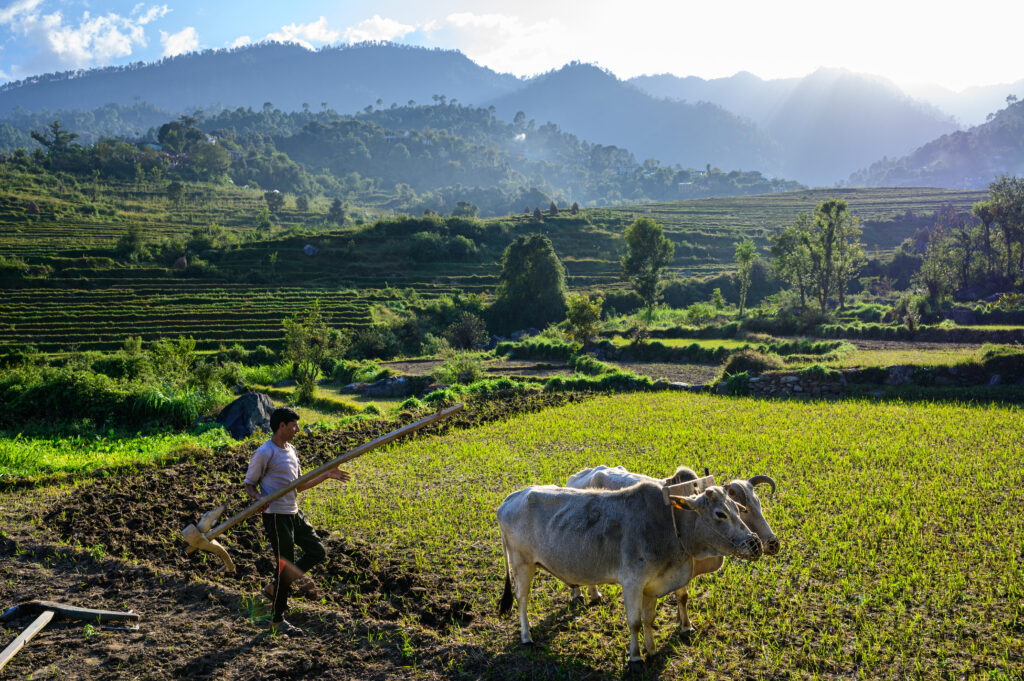
Aside from its intrigue, passion, and danger, what drew me most to the story was its surprising subversiveness. The hero is a strong and clever young woman named Rajula who blatantly disobeys her father. She breaks an arranged marriage contract, and runs away from home to pursue her true love. The tale emerges from a male-dominated, patriarchal society where any girl who did such things, even today, would find her reputation in tatters.
Why Some Places Call to Us Again and Again
It strikes me as similar to the dynamic between the audience, the female protagonist, and the cultural norms that surround the Arabian Nights. Just as everyone wants Scheherazade to outsmart her husband the king, so listeners want Rajula to triumph over her father. Both stories appeal to a notion of what’s inherently right which transcends typical gender roles and rules.
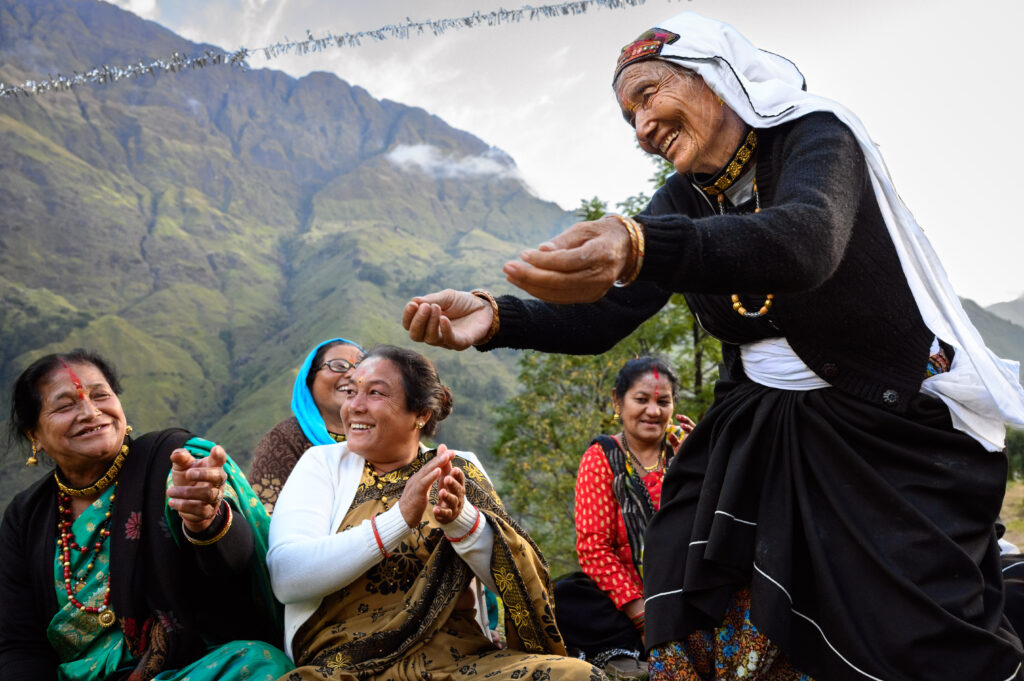
Last fall, I set out to write about my travels through the hills, valleys, and villages where Rajula-Malushahi unfolds. I was hoping to get a glimpse of the essence of Kumaon through a tale that shaped the region’s culture. The tale has shaped centuries, but now slips from collective memory. And I wanted to help share Rajula-Malushahi with the many who had never heard of it, for a story dies when it disappears from people’s imaginations. But that was only part of my motivation.
In many ways, I simply wanted a reason to travel more deeply through a region that enchanted me, and to have a purpose while I was doing so. If my home in New Mexico– with which I’m in a committed long-term relationship–had the capacity to feel, I wouldn’t have blamed it for getting jealous.

The song led me on a journey into village feasts, local religious ceremonies, and moments of sheer Himalayan awe. It culminated with an invitation to visit the home of one of the last great singers of Rajula-Malushahi, for a personal performance. The more I saw of Kumaon, the more enthralled with it I became. I felt deeply alive each day, filled with the kind of gratitude that only the best journeys inspire. I’m already thinking up an excuse to go back.
Story and Photography by Michael Benanav
Subscribe to TABLE Magazine’s print edition.
